NASA Astronomy Picture of the Day 28 January 2023: Comet ZTF over Mount Etna
NASA’s Astronomy Picture of the Day for 28 January, 2023 snaps a breathtaking image of Comet ZTF over Mount Etna.
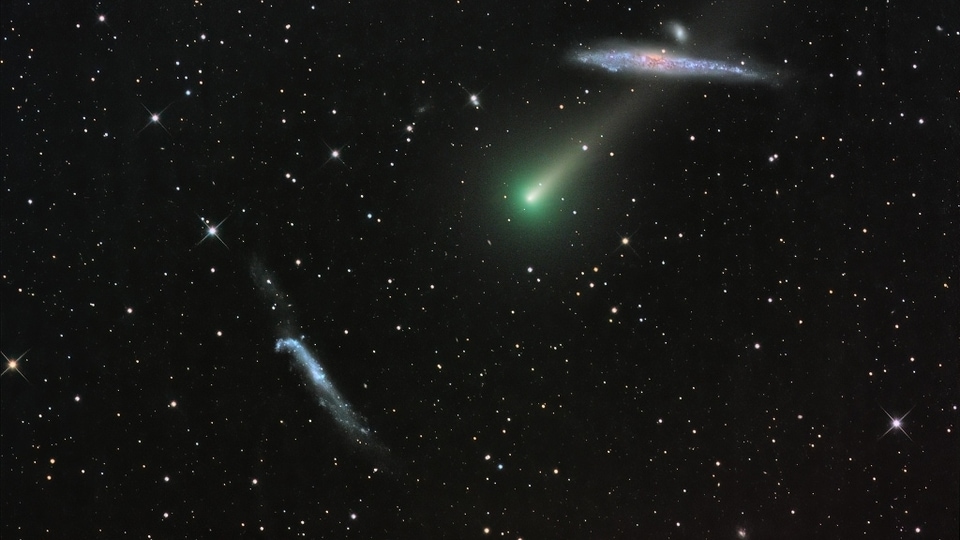
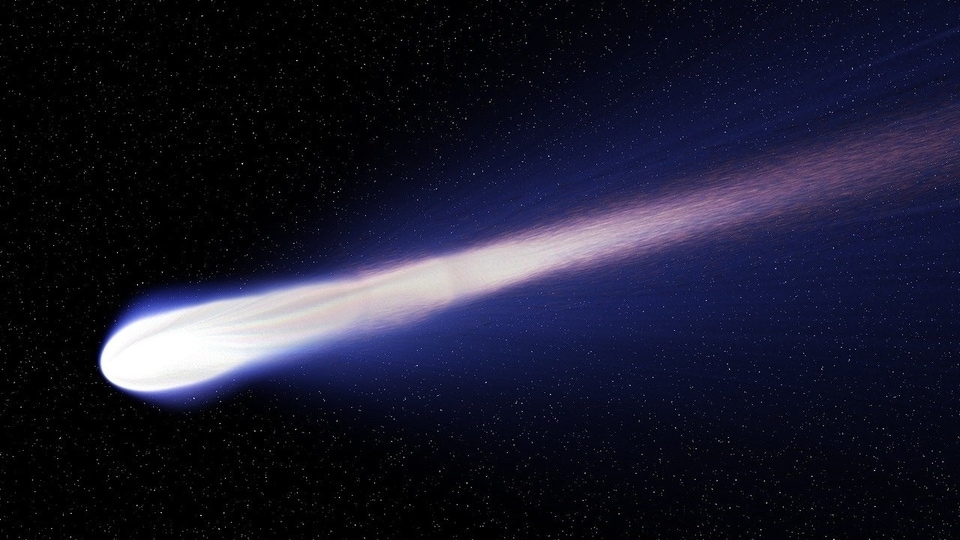
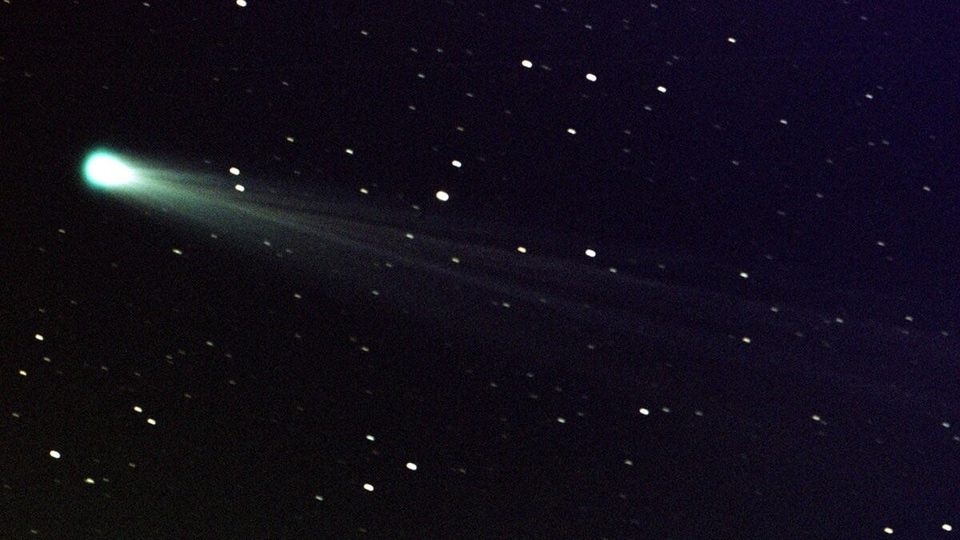
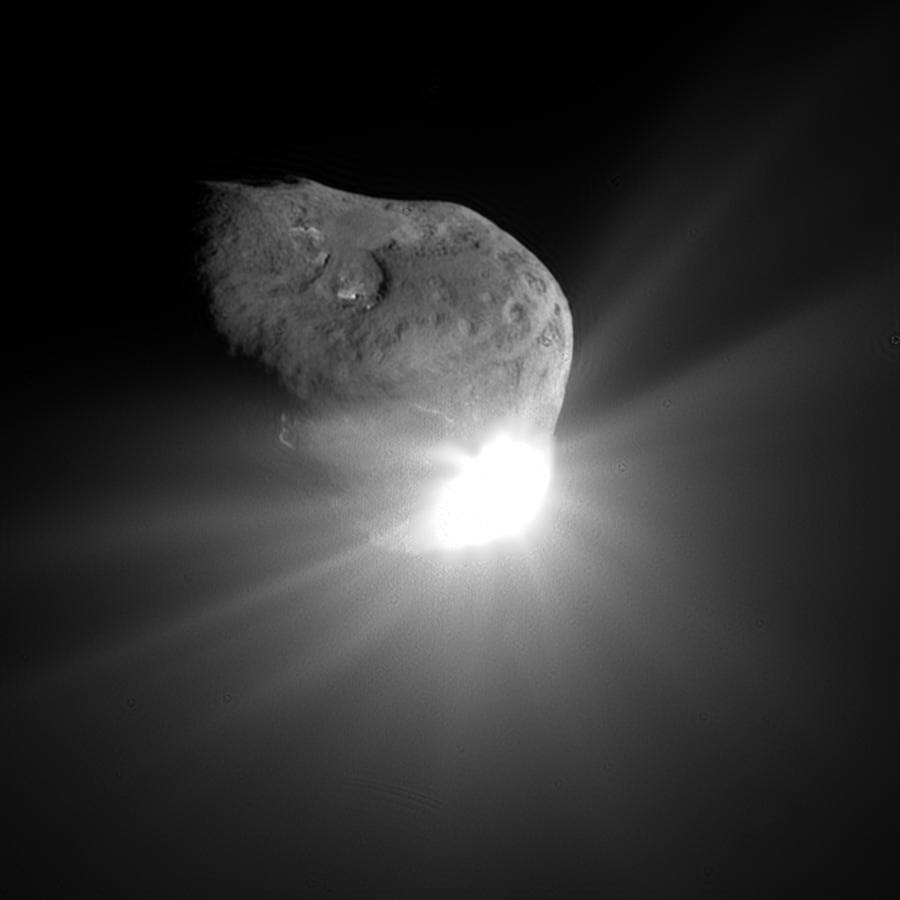
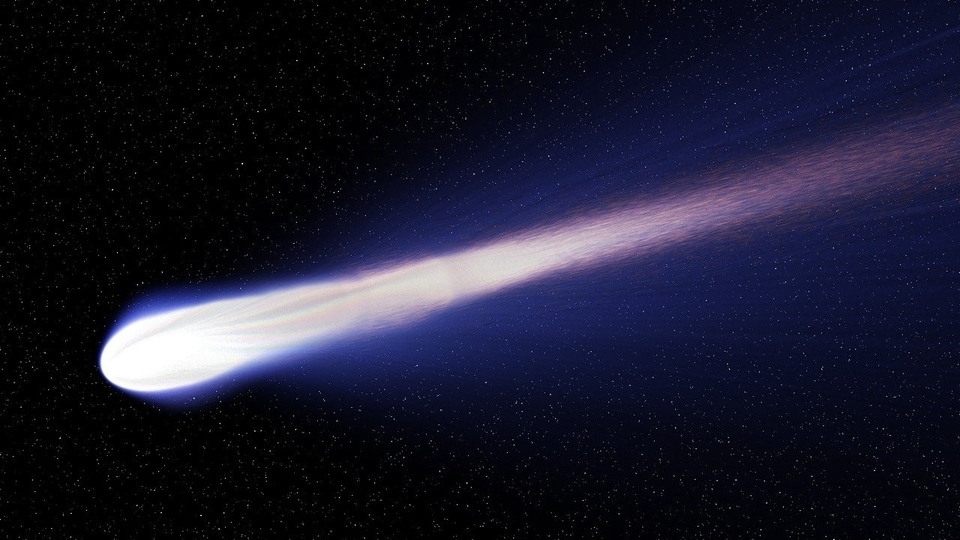
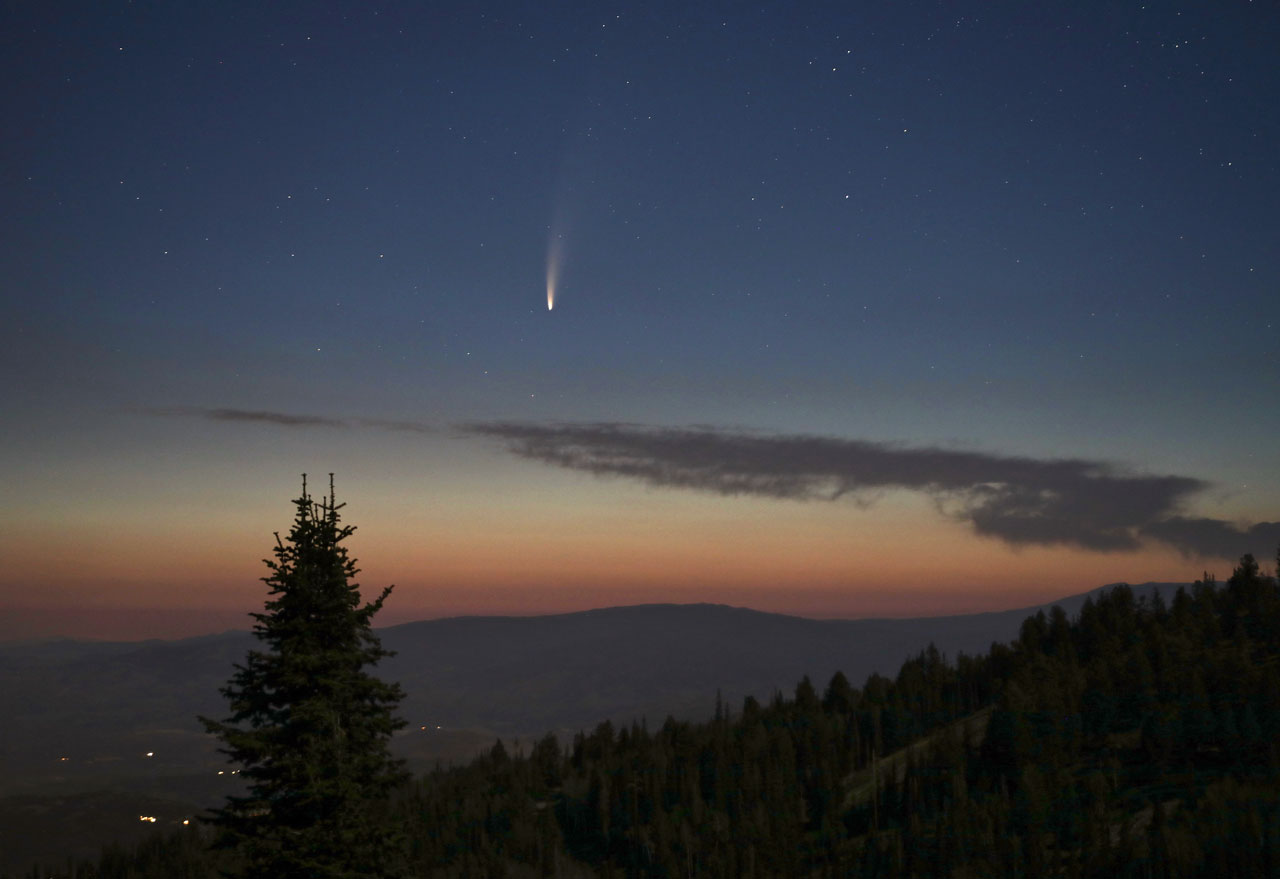

 View all Images
View all ImagesThe magnificent green Comet ZTF is all set for its closest approach to Earth after 50000 years. Astronomy enthusiasts are sharing amazing pictures and other information about Comet C/2022 E3 ZTF as it gets closer. In the past few weeks, US space agency NASA itself has shown a few glimpses of Comet E3. Now, NASA Astronomy Picture of the Day for January 28 brings a breathtaking view of the Comet ZTF over Mount Etna.
“Comet-like plumes are blowing over the volcanic peaks of Mount Etna in this wintry mountain-and-skyscape from planet Earth. The stacked and blended combination of individual exposures recorded during the cold night of January 23, also capture naked-eye Comet ZTF just above Etna's snowy slopes,” NASA said.
Comet ZTF current location
NASA has confirmed that this weekend Comet ZTF is racing across northern skies between north star Polaris and the Big Dipper. “From a dark site you can only just spot it as a fuzzy patch though. That's still an impressive achievement if you consider you are gazing at a visitor from the distant Oort cloud with your own eyes,” NASA added.
However, using some binoculars or a small telescope will help to make the view of Comet ZTF even more enjoyable in the coming days. Comet ZTF is said to make its closest approach on February 2, coming to within about 2.4 light-minutes of our planet.
Why it was named Comet C/2022 E3 ZTF
With the help of a 48-inch (1.2-meter) Samuel Oschin robotic telescope, astronomers discovered Comet C/2022 E3 ZTF on March 2, 2022. The telescope is part of the Zwicky Transient Facility (ZTF), located at Mt. Palomar in southern California. The green comet was the 3rd celestial object found in the fifth month (A, B, C, D, E) of the year. And that's how it got its name- Comet 2022 E3 (ZTF).
Catch all the Latest Tech News, Mobile News, Laptop News, Gaming news, Wearables News , How To News, also keep up with us on Whatsapp channel,Twitter, Facebook, Google News, and Instagram. For our latest videos, subscribe to our YouTube channel.































